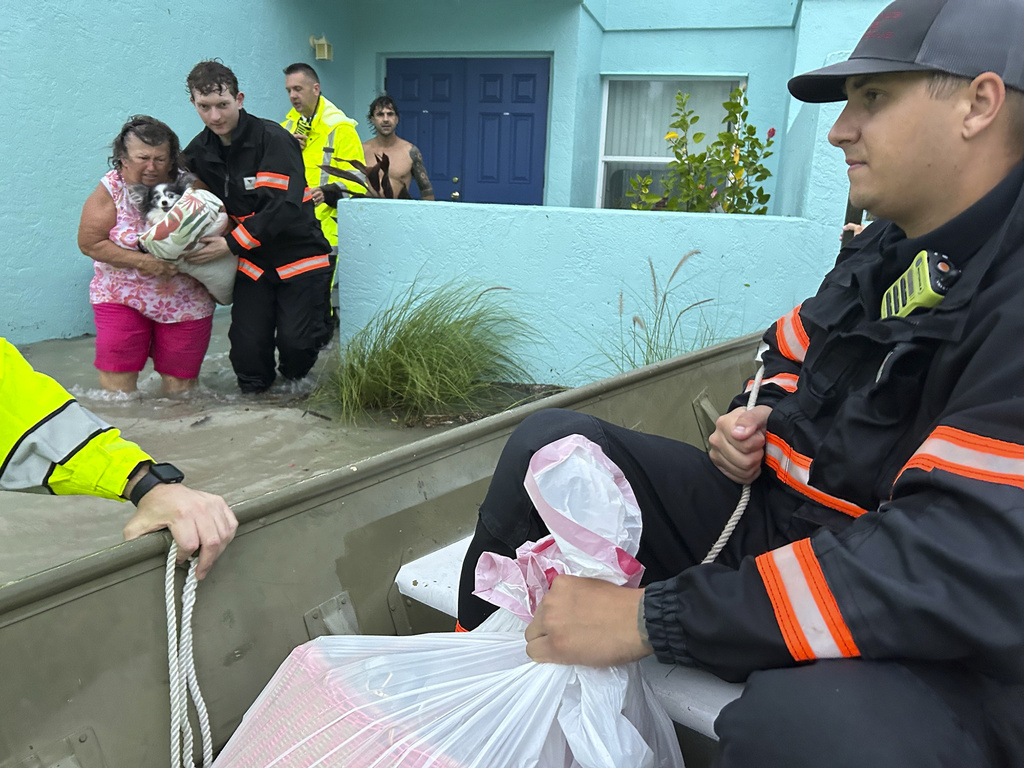Every vote is crucial in Wisconsin, a swing state that President Joe Biden won by just under 21,000 votes in 2020 and that former President Donald Trump won by just under 23,000 votes in 2016. The contest between Trump and Democrat Kamala Harris is close this year as well, creating a hyperintense focus on how elections are run.
Madison is in the heart of liberal Dane County, where more than 75% of voters — more than 260,000 people — voted for Biden in 2020.
Because of Madison's heavy Democratic tilt, any question about election integrity draws intense scrutiny from Republicans.
How did the public find out about the error?
Madison's city clerk who runs elections, Maribeth Witzel-Behl, posted a statement online on Monday night explaining that up to 2,000 duplicate absentee ballots had been sent in error. The statement blamed a data processing error and initially said that only voters in one ward were affected. The statement also said that barcodes on the ballots used to track them would ensure that only one ballot is counted.
Are there barcodes on ballots in Wisconsin?
No. There are barcodes on the envelopes that absentee ballots are returned in. Those barcodes make it possible for voters to track the progress of their ballots online. It also allows for election officials to mark off when a voter has cast an absentee ballot, ensuring that they don't vote again at the polls on Election Day.
Republican raises questions about barcodes on ballots
Wisconsin Republican U.S. Rep. Tom Tiffany seized on the city’s initial statement that did not differentiate between the ballot and the envelope. In a letter to the city, he asked, “Are unique ballot bar codes linked to individual, identifiable voter profiles?”
The city responded by explaining that barcodes are printed on the ballot envelope, not the ballot. “These types of barcodes are used across the state and the country,” the clerk wrote.
Tiffany on Friday defended asking that question, saying he was seeking clarity after the clerk's initial statement did not clearly say the barcodes were on the envelopes, not the ballots.
City spokesperson Dylan Brogan said that he altered the wording of the original statement to specify that the barcode is on ballot envelopes after Tiffany asked the barcode question.
Kevin Kennedy, who was Wisconsin’s top elections official for 33 years and is currently a member of three nonpartisan boards that work in elections, said using the term “ballot” when actually referring to the envelope is commonly done both by election workers and the public.
“If that’s the strength of your argument, focusing on someone misspeaking, that’s not the issue,” Kennedy said. “It probably says more about the motives of the speaker if that’s what they’re going to focus on.”
The city posted its response to Tiffany, which included the barcode explanation, at 6:24 p.m. on Wednesday. Eighteen minutes later, Tiffany posted a photo of an absentee ballot and quoted from the city's initial statement that did not differentiate between the ballot and envelope.
Tiffany said, “Although the Madison Clerk’s Office claims, ‘The voting system does not allow a ballot with the same barcode to be submitted,’ my office has proof that there is no barcode on the actual ballots. Here is a picture of the absentee ballots – NO BARCODE.”
That post generated more than 2.4 million views on X as of Friday.
Tiffany said Friday that he was not falsely suggesting that the clerk was lying about barcodes on ballots. Tiffany said he was trying to point out that it was the clerk, not him, who first said the barcodes were on ballots and not the envelopes.







